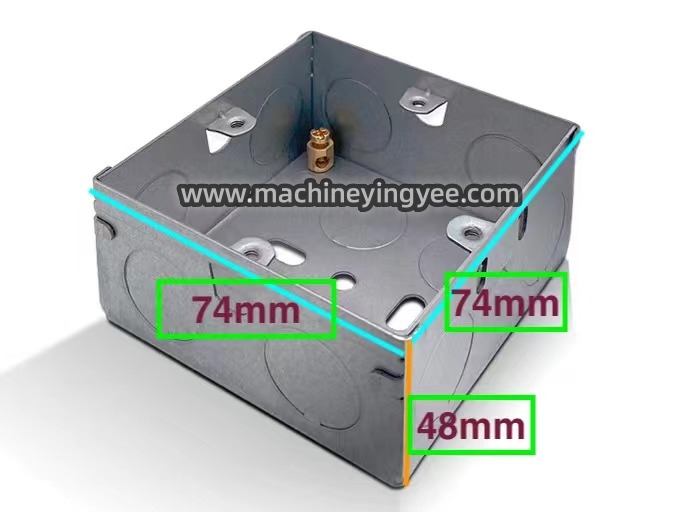
Understanding Sheet Bending Machines Hydraulic Technology and Applications
In industrial settings, sheet metal fabrication is a critical process that shapes materials into desired forms for various applications. Among the tools used for this purpose, hydraulic sheet bending machines stand out for their efficiency and precision in bending metal sheets. In this article, we will explore the workings, advantages, and applications of hydraulic sheet bending machines.
What is a Hydraulic Sheet Bending Machine?
A hydraulic sheet bending machine is a type of press brake that utilizes hydraulic pressure to bend sheet metal into specific angles and shapes. The primary components of these machines include a hydraulic system, a bending beam, and a lower die. The hydraulic system generates force, which is transferred to the bending beam, allowing it to move vertically to create bends in the metal sheet placed between the beam and the die.
The operation of a hydraulic sheet bending machine typically involves the following steps
1. Setup The operator selects the appropriate die and bending angle for the task at hand. 2. Loading The sheet metal is placed on the machine’s table, aligned with the lower die. 3. Bending The hydraulic system activates, pushing the bending beam downwards, thus bending the sheet metal to the desired angle. 4. Release Once the bending is complete, the beam retracts, and the finished product can be removed.
Advantages of Hydraulic Sheet Bending Machines
Hydraulic sheet bending machines offer numerous advantages over traditional mechanical bending machines, making them a preferred choice for many fabricators
1. Superior Force Control Hydraulic systems can generate a significant amount of force, allowing for bending of thicker materials and larger sheets. The force can be easily adjusted, providing flexibility to work with various material types and thicknesses.

2. Increased Precision With the use of computerized controls, hydraulic machines can achieve high precision in bending angles and dimensions. This capability is critical in industries where accuracy is essential.
3. Versatility Hydraulic sheet bending machines can be used for different bending operations, including air bending, bottom bending, and coining. This versatility makes them suitable for a wide range of applications.
4. User-Friendly Operation Many modern hydraulic bending machines feature intuitive control systems, allowing operators to program complex bending sequences with ease. This reduces the risk of operator error and enhances overall productivity.
5. Reduced Maintenance Costs Compared to mechanical machines, hydraulic systems often have fewer moving parts subject to wear and tear, leading to lower maintenance costs in the long run.
Applications in Various Industries
Hydraulic sheet bending machines are utilized across numerous industries due to their adaptability. Some common applications include
- Automotive Industry Used to create parts such as chassis components, brackets, and frames. - Aerospace Essential in fabricating components that require high precision and strength, like fuselage skins and wing parts. - Construction Employed in producing metal structures, roofing materials, and HVAC components. - Manufacturing Used for creating custom parts and assemblies in a variety of products, from furniture to household appliances.
Conclusion
Hydraulic sheet bending machines represent a significant advancement in metalworking technology. Their ability to provide high force, precision, and versatility makes them indispensable in modern manufacturing processes. As industries continue to evolve and demand higher quality and faster production, hydraulic sheet bending machines will remain at the forefront, shaping the future of metal fabrication. Understanding the potential and capabilities of these machines can empower businesses to optimize their operations and enhance their product offerings.